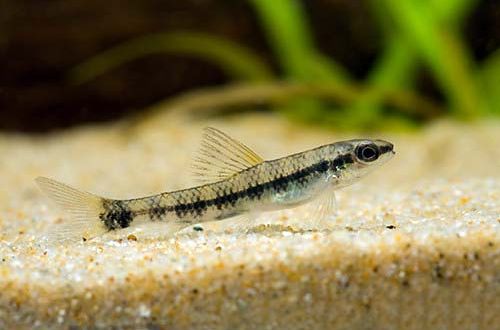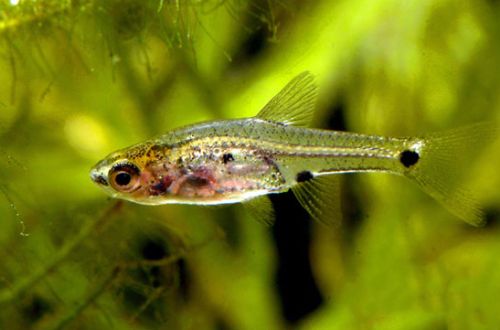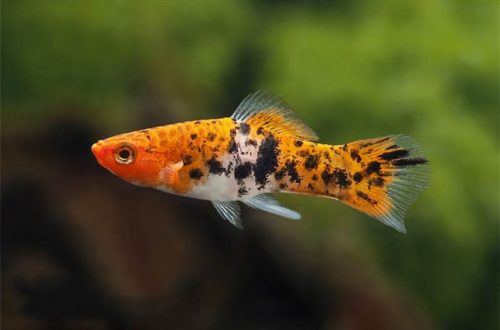
Characidium tape
Characidium tape, scientific name Characidium fasciatum, belongs to the Crenuchidae family (Krenukhovye). The fish has an unprepossessing color, which predetermined its low popularity in amateur aquariums. However, from time to time it appears in the supply of South American fish. Unpretentious, considered easy to maintain.

Contents
Habitat
Comes from South America. Inhabits the basin of the Sao Francisco River and the upper reaches of the Paraná River in the eastern states of Brazil. It occurs in sections of rivers with sandy-pebbly substrates in places with a moderate current.
Brief information:
- The volume of the aquarium – from 80 liters.
- Temperature – 18-24°C
- Value pH — 5.6–7.5
- Water hardness – 2–24 dH
- Substrate type – any
- Lighting – subdued, moderate
- Brackish water – no
- Water movement – moderate
- The size of the fish is 6–7 cm.
- Food – any sinking food
- Temperament – peaceful
- Keeping in a group of 6-8 individuals
Description
Adult individuals reach a length of 6–7 cm. With its elongated body shape, it resembles some species of Loach, such as Chinese Erromizon, Loach Kranos, Gobitis Hasselt and others. It is predominantly gray in color. Depending on the specific region of origin, the body pattern may contain black dots located along a dark horizontal stripe, or strokes starting on the back.
Maintenance and care, arrangement of the aquarium
For a group of 6-8 fish, you will need an aquarium of 80-100 liters. Being bottom dwellers, the main attention in the design should be given to the lower tier. As a soil, you can use fine gravel, coarse sand with heaps of stones, boulders and snags, which will become a place for shelters. The presence of aquatic plants is not required.
For Characidium tape, you will need to create a moderate current. The movement of water is able to provide a productive internal filter. It is also worth remembering that this type of fish does not tolerate too warm water. Its optimal range is between 18-24°C. For this reason, an aquarium heater is probably not needed.
Food
In nature, it feeds on small aquatic invertebrates (crustaceans, worms, insects and their larvae). The basis of the diet in a home aquarium will be any sinking dry flakes and granules rich in protein.
Behavior and Compatibility
Peaceful calm fish. Prefers to be in the company of relatives numbering from 6 individuals. Compatible with other non-aggressive species that can live in relatively cool water, such as goldfish.





